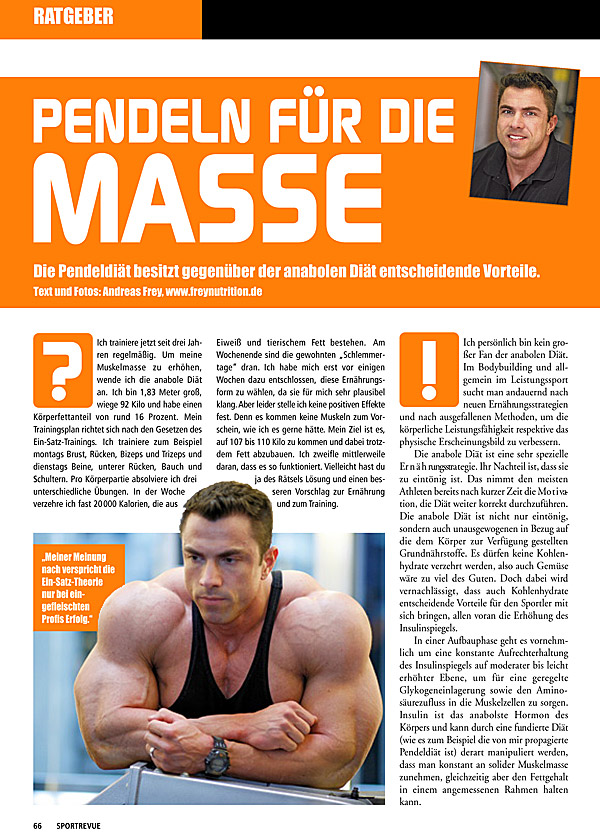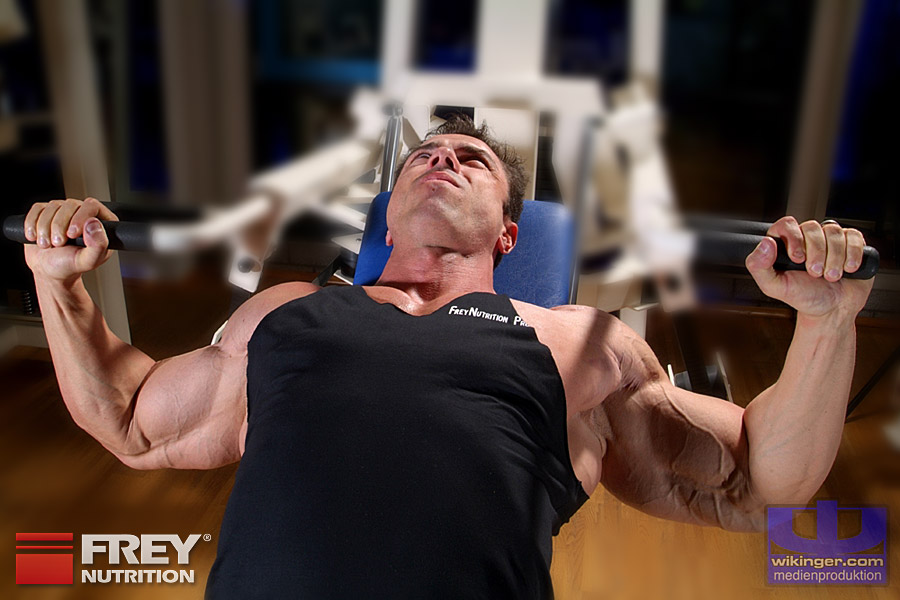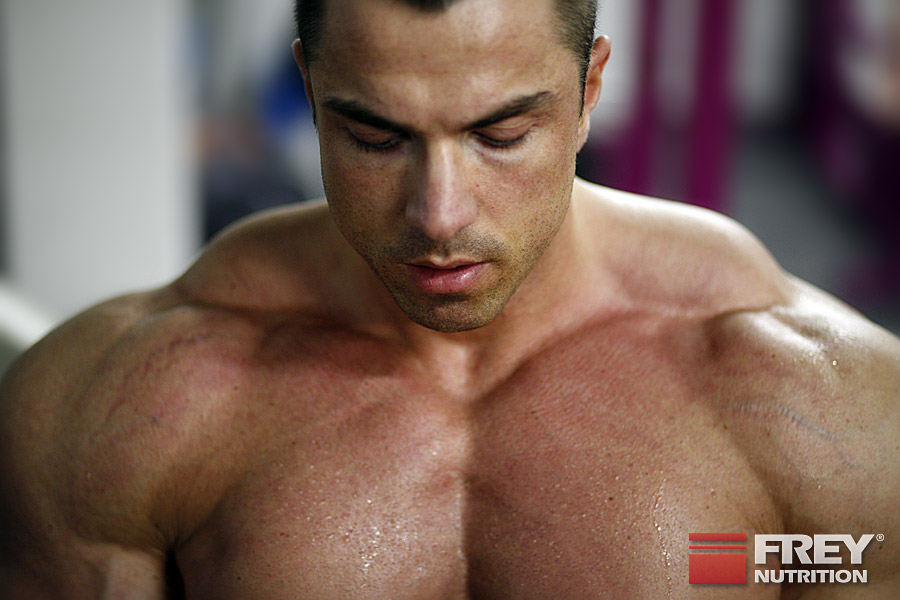THE PENDULUM DIET HAS DECISIVE ADVANTAGES OVER THE ANABOLIC DIET.
I consume almost 20,000 calories a week, which consist of protein and animal fat. At the weekend, I have my usual "glutton days". I only decided to adopt this diet a few weeks ago because it sounded very plausible to me. But unfortunately, I haven't noticed any positive effects. I'm not developing the muscles I would like. My goal is to get to 107 to 110 kilos and still lose fat. I'm starting to doubt that it will work that way. Perhaps you have the answer to the riddle and a better suggestion for diet and training.
ANSWER

The anabolic diet is a very specific nutritional strategy. Its disadvantage is its monotony. This quickly takes away the motivation of most athletes to continue to follow the diet correctly.
In a build-up phase, it is primarily about maintaining the insulin level at a moderate to slightly elevated level in order to ensure regulated glycogen storage and the flow of amino acids into the muscle cells. Insulin is the body's most anabolic hormone and can be controlled by a well-founded diet (such as the one I advocate COMMUTER DIET can be manipulated in such a way that one can consistently gain solid muscle mass while at the same time keeping the fat content within reasonable limits.
The anabolic diet loses all the benefits of insulin and its anabolic properties. In addition, the brain needs about 50 to 80 grams of carbohydrates (much more for heavy athletes) to be able to maintain its functions. Too often, the anabolic diet is used and the athlete loses a lot of weight in the first few days, which naturally makes his appearance look more defined. It is tempting to attribute this improvement to the anabolic diet, but this is wrong, since the weight loss is only due to the loss of fluids caused by the complete withdrawal of carbohydrates. No wonder that many athletes are not satisfied with the results: flat muscles, less strength and no pumping feeling during training are the consequences.I personally tried the anabolic diet, but had to stop because I lost so much water that training with heavy weights was hardly possible anymore. Due to the severe loss of fluids, I had a lot of pain during training because the muscles could not be used to their full extent.
A pendulum diet, on the other hand, is much easier to follow, healthier (as it contains much less fat) and more varied. Experience has shown that most athletes cope better with the pendulum diet and can achieve greater success - especially when it comes to solid and long-term muscle building.
Due to the withdrawal of carbohydrates before the loading phase, the organism switches to "carbohydrate economy mode" after about four days, since nothing more is supplied to the body. After this phase, the needs and storage capacity of the muscle cells are very high: carbohydrates are supplied, and the body stores more than is needed, which gives the muscles a hard and plump appearance - assuming a low body fat content.
As far as your nutritional strategy with the goal of building muscle is concerned, I can only advise you against the anabolic diet. Instead, stick to the pendulum diet with a protein consumption of around 3.3 grams per kilo of body weight and a diet rich in carbohydrates, especially in the morning for breakfast and directly after training in the form of post-workout nutrition. This increases insulin levels. Fat intake should be around 0.8 to one gram per kilo of body weight.Your calorie intake is insufficient in relation to your body weight. Increase to about 25,000 calories per week, that is, an average of 3,500 calories per day. That is the value that you need to work around. And as far as your training is concerned, I believe that the one-set theory only promises success for advanced and professional athletes. Here you should stick to the basic rules that you can find in the article about THE TRAINING BASICS You can read about it - it should be six to ten sets per muscle group!











